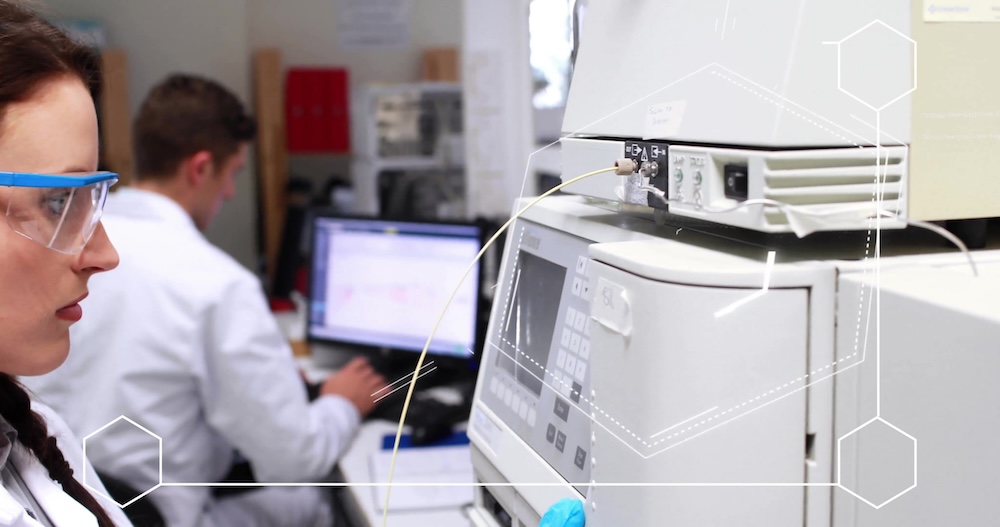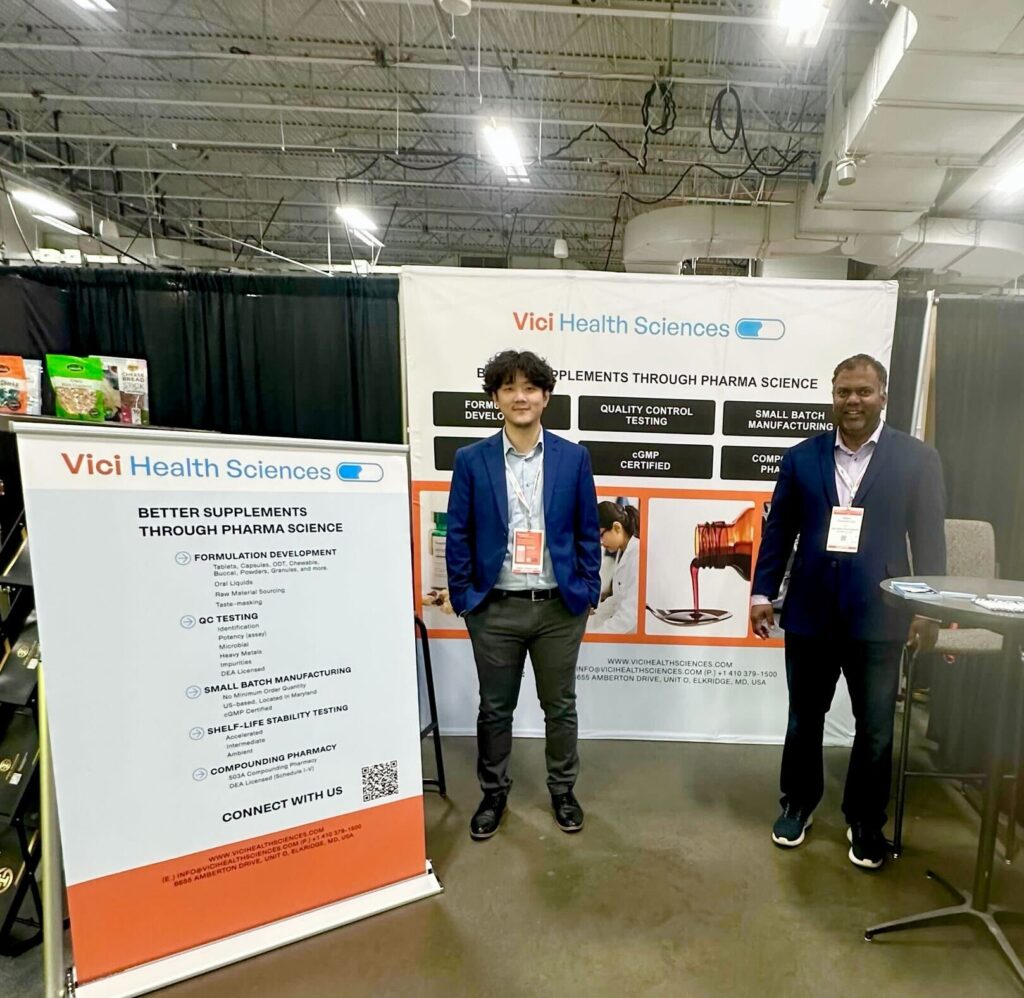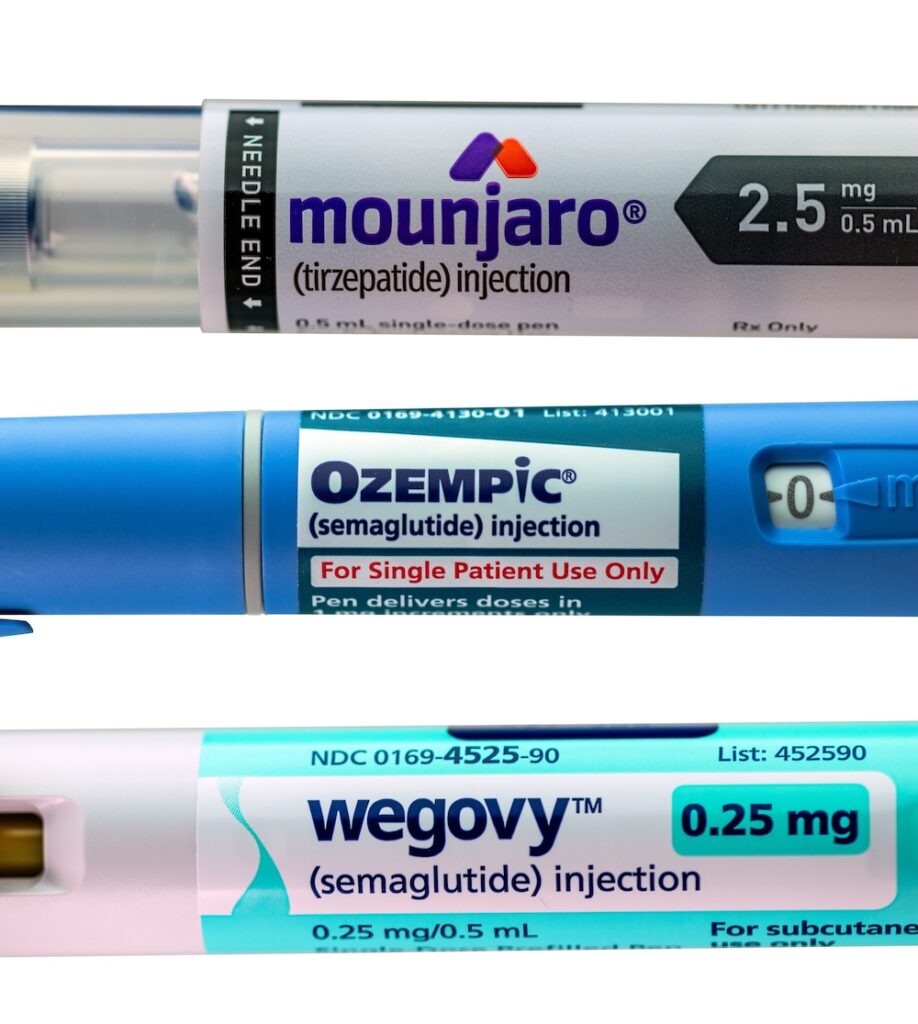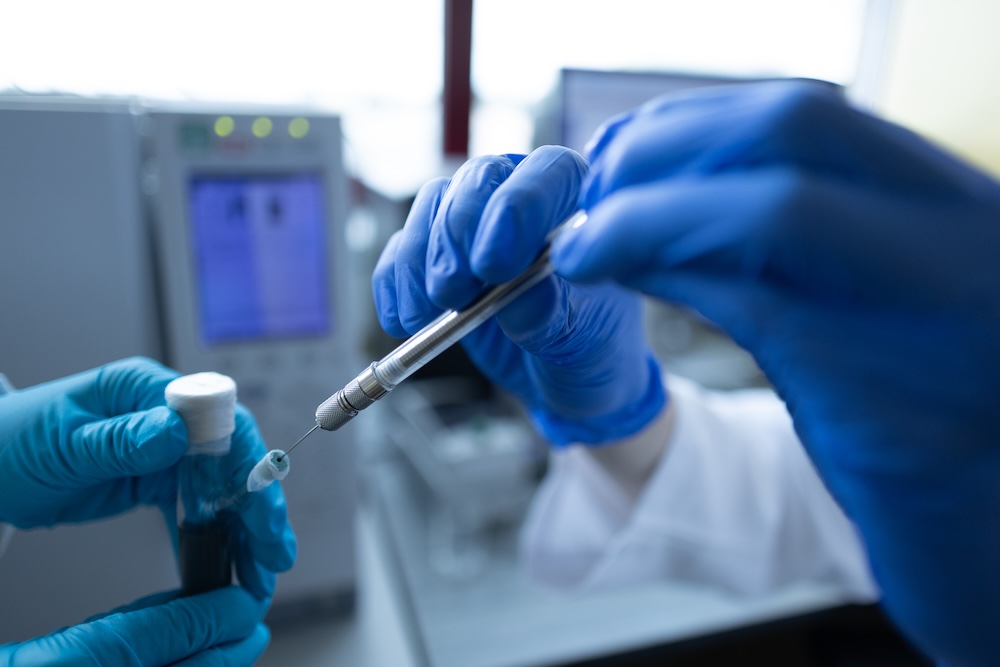A New Drug Application (NDA) and an Abbreviated New Drug Application (ANDA) are the two main pathways for getting drugs approved in the United States. For pharmaceutical companies, grasping the difference between NDA and ANDA is crucial for making smart product decisions. NDAs are intended for new drugs and require detailed clinical data to prove they’re safe and effective.
Alternatively, ANDAs apply to generic drugs, which must show they’re just as effective as already approved brands without undergoing the same lengthy trials. This guide will explain the key differences, processes, and regulatory requirements for both applications to give a clear picture of what each path involves.
Key Differences Between NDA and ANDA
Understanding the difference between NDA and ANDA is essential for anyone involved in pharmaceutical development. Here’s a breakdown of the key distinctions:
Purpose
NDAs are designed for new and innovative drugs that have not been previously approved. They require comprehensive data demonstrating that the drug is both safe and effective. In contrast, ANDAs are designed for generic drugs, which must prove they are equivalent to an already approved branded drug.
Clinical Trial Data
The NDA process includes extensive clinical trials to collect data on the drug’s safety and effectiveness. FDA regulations require drug sponsors to provide detailed information about clinical trials, manufacturing processes and proposed labeling when submitting an NDA. This makes NDA submissions complex and takes a lot of time and resources.
On the other hand, ANDAs do not require new clinical trials; instead, they rely on existing data from the Reference Listed Drug (RLD) to demonstrate bioequivalence. To gain approval, the FDA requires that a generic drug must release the same amount of active ingredient into a patient’s bloodstream at the same rate as the brand-name drug.
Focus
NDAs focus on establishing a new drug’s unique benefits and potential risks, while ANDAs concentrate on proving that a generic drug is therapeutically equivalent to its branded counterpart. This distinction is critical because it affects how companies approach their research and development strategies.
NDA Process Overview
Submitting an NDA involves several key steps, as regulated by the FDA under the Federal Food, Drug, and Cosmetic Act (FDCA). Here’s a brief overview:
- Preclinical Studies: Companies perform lab and animal tests to evaluate the drug’s safety and biological activity before submitting an NDA. These studies help identify possible toxicities and establish safe dosage levels.
- Clinical Trials: After successful preclinical results, the drug goes through three phases of clinical trials. Phase 1 tests safety and dosage in a small group of healthy volunteers. Phase 2 checks effectiveness and side effects in a larger group with the condition. Phase 3 includes thousands of participants to confirm effectiveness and monitor side effects.
- NDA Submission: Once trials are complete, companies compile all data into an NDA package, which includes results from studies, manufacturing processes, and proposed labeling.
- FDA Review: The FDA reviews the NDA to evaluate safety and efficacy based on data collected during clinical trials. This review process can take 6 to 10 months, depending on the drug’s priority status.
- Approval or Non-Approval: If the FDA finds sufficient evidence supporting the drug’s safety and efficacy, it approves the NDA for marketing. If not, a Complete Response Letter will outline what is needed for approval.
ANDA Process Overview
The ANDA process is for generic drugs seeking approval based on their similarity to an approved brand-name drug. Here are the main steps involved:
- Data Compilation: Generic manufacturers gather data to show their product is bioequivalent to the RLD. This includes pharmacokinetic studies that compare how both drugs behave in the body.
- ANDA Submission: The ANDA is submitted to the FDA with documentation proving that the generic drug matches the RLD in dosage form, strength, route of administration, and intended use.
- FDA Review: The FDA checks the ANDA to ensure all required data is included and that the generic product meets quality standards without needing new clinical trials, as outlined in Section 505(j) of the FDCA.
- Approval or Non-Approval: If bioequivalence is shown without new trials, the FDA approves the ANDA. If problems exist, a Complete Response Letter will explain what needs to be fixed.
Regulatory Expertise a Vici Health Sciences
Bringing a new drug to market means understanding the difference between NDA and ANDA, including their specific requirements. Choosing the right path for your product is key to speeding up approval and reaching the market faster.
At Vici Health Sciences, we guide you through both NDA and ANDA processes, offering expert support every step of the way. With our team’s experience in formulation, regulatory strategy, and project management, we’ll make sure your drug development stays on track. Reach out to learn how Vici Health Sciences can help move your product forward.






